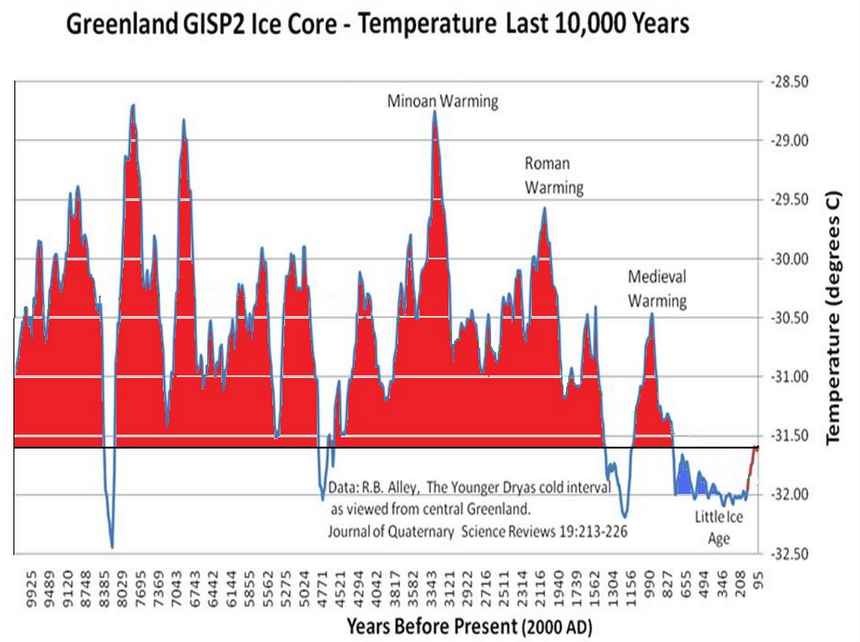AS THIS column warned last year, the government’s Clean Heat Market Mechanism (CHMM) took effect at the start of this month.
It sounds innocuous enough, but it will cost us all dearly. The CHMM places an obligation on gas and oil boiler manufacturers to increase the consumer demand for heat pumps by setting a target for sales of the latter.
In year one of the scheme, manufacturers of boilers will have to match 4 per cent of their boiler sales with sales of heat pumps. If they fail to hit that target, they must either pay a fine of £3,000 for every unit below target, or buy credits from companies who achieve more than the target.
The scheme is designed to increase heat pump installations from the current level of around 40,000 a year to 60,000 this year, excluding new homes which the scheme does not cover. (There has been talk of banning gas boilers in new builds). The problem, of course, is that very few people want to buy heat pumps, because they cost far too much even after government subsidies, cost more to run and don’t work as well as a traditional gas boiler.
Boiler manufacturers cannot force people to buy a heat pump, and cannot afford to pay the fines at the end of the year. Understandably several manufacturers have simply increased the price of their boilers now to cover the potential cost of fines. Worcester Bosch, for instance, have put up prices by £120.
In response, the government has stamped its feet, with the Department for Energy Security and Net Zero (DESNZ) insisting quite ludicrously that its targets are realistic and fully achievable. If they were, there would be no need for mandates!
Worse, there are no obligations on foreign manufacturers to hit any such targets. A company in Germany, for instance, can ship its gas boilers to UK retailers without paying any penalties, thus undercutting UK firms.
This is just the thin end of the wedge. Under the Government’s own published plans, the target will be increased to 400,000 heat pumps by 2028. If people don’t want to buy them now, they are unlikely to want them four years hence either, while current government subsidies will simply be unaffordable at such levels anyway. Assuming heat pump sales remain at current levels, the fine on the UK boiler industry will be more than £1billion a year by then.
Clearly that would bankrupt the industry, so the fines will have to be added on to gas boiler prices. That would mean in effect a boiler tax of £700.
All because we refuse to buy what the Government tells us to!
Hottest ever? Bunkum!
ALL TOO predictably, the Met Office has announced that 2023 was the hottest year on record since 1850. Other have gone further, claiming it was the hottest for 125,000 years.
The very idea that there is an average temperature for the globe is absurd, a meaningless concept. Even if there was, it could not be accurately measured to the hundredths of a degree claimed. Apart from anything else, there were very few temperature measurements outside Europe and the US prior to the early 20th century to enable comparisons to be made.
The best data we have comes from satellites, which show that 2023 was the hottest year since records started in 1979, but only 0.12C higher than in 2016.
One of the main reasons for last year’s ‘spike’, which the media and government agencies have avoided mentioning, is the Hunga Tonga volcano eruption two years ago. Volcanoes usually cool the world because of the plume of ash and other particles they eject. However, Hunga Tonga was an undersea eruption, so the amount of ash was relatively small. What it did send skyward was a massive plume of water vapour which reached the stratosphere, where it remains and will do so for several more years. (Normally water vapour in the troposphere quickly returns to the surface as rain).
Water vapour is by far the most potent of greenhouse gases, and scientists believe that Hunga Tonga was responsible for a large chunk of last year’s warming. But claims that it was the hottest year for the last 100,000 years or so simply don’t stack up against the evidence.
For decades, proper climate scientists, such as H H Lamb, have known that the early to mid-Holocene was much warmer than now – this is the period from the end of the Ice Age up to about 3000 BC. They even gave it a name – the Holocene Optimum, because the warmer climate was a boon for civilisation. They say the same about other warm periods since, such as Roman times and the Middle Ages.
The evidence for this is widespread, powerful and undeniable. Above all it does not rely on dodgy computer models and unreliable proxies. (See here).
Ice cores, for instance, tell us a lot about past temperatures, and the ones in Greenland clearly show the Holocene Optimum etc, and also indicate that the Little Ice Age, which ended in the 19th century, was the coldest era since the Ice Age.
All sorts of other evidence from around the Arctic, such as glaciers and remains of forests where there is now frozen tundra, support the evidence from ice cores. Elsewhere treeline studies from the Rockies, European Alps, Carpathians, Japan, New Guinea, Australia, New Zealand, East Africa and the Andes show that trees used to grow at much higher altitudes than they do now – powerful evidence of a much warmer climate.
And as glaciers from Alaska to Patagonia, and the Alps to Iceland retreat, we are now finding remains of trees dating back to the Middle Ages and the Roman era.
Denmark’s leading glaciologist, Prof Jørgen Peder Steffensen summed it up best in this recent video:
‘I agree totally we have had a global temperature increase in the 20th century – but an increase from what? Probably an increase from the lowest point in the last 10,000 years. We started to observe meteorology at the coldest point in the last 10,000 years.’

https://archiv.klimanachrichten.de/temperatures-over-the-past-10000-years/

